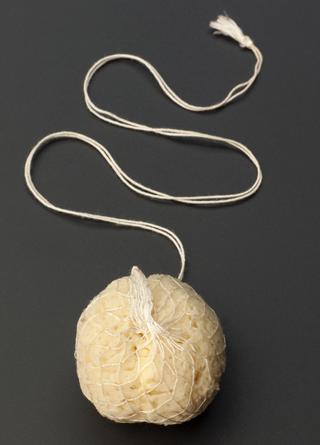
Two screw-top bottles for drugs to stimulate ovulation (FSH and MCG)
- Made:
- 1999 in Copenhagen
- maker:
- Medi-Cult a/s

Two screw-top bottles for drugs to stimulate ovulation (FSH and MCG), consisting of 'Solution Top Layer' and 'Solution Bottom Layer', by Medi-Cult a-s, Copenhagen, Denmark, 1999. Used in the IVF process to mature follicles.
On 25 July 1978, Louise Brown was born, becoming the first baby conceived and born after IVF treatment. This breakthrough came from years of groundbreaking research by Robert Edwards, Jean Purdy, and Patrick Steptoe. During IVF, eggs are fertilised with sperm outside of the body and then the resulting embryos are transferred to the uterus. Since the 1970s, many innovations have made the IVF process more efficient and effective. In 1980, Edwards, Purdy, and Steptoe reported a success rate of 6%, whereas in 2019, the success rate of IVF treatment in the UK for under 35s was 32%. However, there is a postcode lottery when it comes to receiving IVF treatment on the NHS, and many people have to pay for private treatment. It can also take several cycles of IVF to be successful and can often be mentally and physically challenging.
In a standard menstrual cycle, the ovaries will produce one egg. However, to increase the number of eggs which can be collected during IVF, and therefore increase the number of embryos available, it’s common during IVF to take medication like this which stimulates the ovaries. For a person under the age of 35, on average around 6 – 15 eggs will be collected during a cycle of IVF treatment. There are, nevertheless, potential side effects to this ovarian stimulation which mean it isn’t suitable for all people.
Details
- Category:
- Obstetrics, Gynaecology & Contraception
- Object Number:
- 2002-386
- Materials:
- plastic (unidentified), paper (fibre product) and materia medica
- Measurements:
-
overall: 85 mm x 40 mm x 40 mm, .135kg
- type:
- drug
- credit:
- Institute of Obstetrics and Gynaecology



